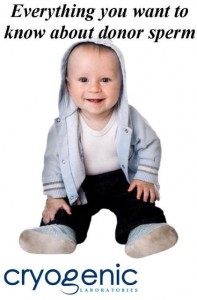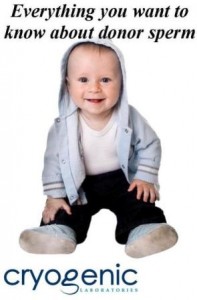How are specimens stored?
All semen specimens are stored at -196o C in liquid nitrogen tanks equipped with automatic fill devices and alarm systems. CLI also provides liquid nitrogen transport tanks for shipping patient specimens to their physician or health care provider when requested for use.
How long can you store frozen sperm?
Cryopreserved specimens, when properly stored, will remain viable for an indefinite amount of time. Pregnancies have been reported for cases in which the sperm has been stored for 20 years prior to thawing and insemination.
Is the freezing process harmful to the sperm cells?
Approximately 50% or more of the sperm cells survive the freezing/thawing process. The fertilization capability of the surviving sperm cells is not jeopardized during the freezing/thawing process.
How are the sperm specimens shipped?
All of our specimens are shipped in liquid nitrogen vapor tanks via FedEx, local courier, or local patient pick up. The liquid nitrogen vapor tank is inside of a hard outer case for FedEx orders and a cardboard box for local orders. The inner canister (vapor tank) is fastened using a cable tie to prevent tampering. Shipping papers are contained inside the outer case which contains a packing slip with the following information about your order: your health care provider’s name and address, your name and address, your donor number and specimen preparation, number of vials, and post thaw count and motility for each units. Also included are a summary of records detailing the donor testing and a statement of donor eligibility, specimen thawing instructions, return instructions and prepaid return labels.
Do you ship sperm specimens on dry ice?
No, Fairfax Cryobank stores all of its specimens in liquid nitrogen, which has a temperature of -196 degrees centigrade. Dry ice has a temperature of -78.5 degrees centigrade that is far below the temperature in which we store specimens and can result in a partial thaw process that is detrimental to the quality of the samples. For this reason CLI does not ship samples on dry ice.
How long are the specimens maintained frozen in the shipping tanks?
Our standard shipping tanks have a guarantee of 7 days. Upon request and for an additional fee we can send your specimens in a 2 week tank in which the vials are guaranteed frozen for 14 days.





